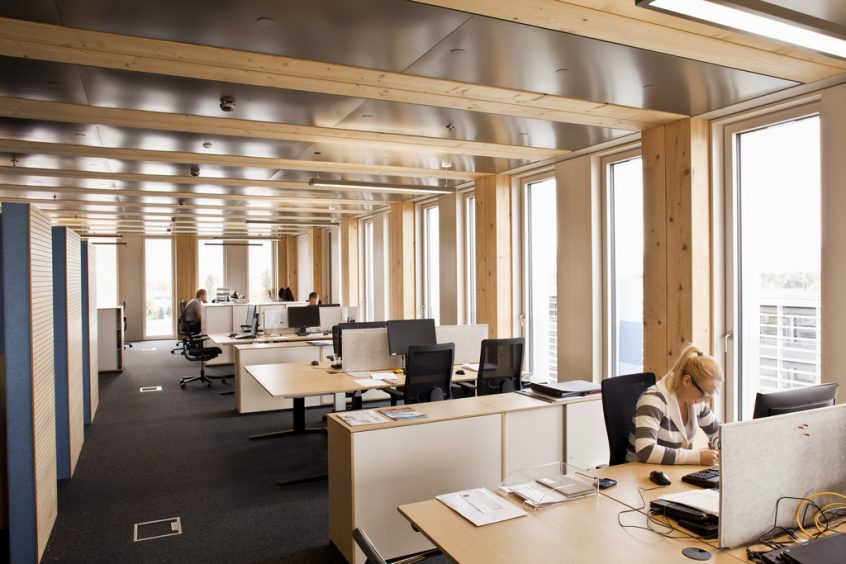More people are recognizing the important role the forestry and timber industries play in addressing global warming concerns and improving air quality. It’s well known that trees sequester carbon dioxide gas and release oxygen into the air and that in working forests the process of planting, harvesting and replanting trees effectively removes and stores the earth-warming CO2 gas from our atmosphere.
In the US alone, private forestland owners are adding more trees in working forests than they are cutting down. In fact, there’s as much forest today as there was in 1910.
But trees alone can’t address climate change, according to an Intergovernmental Panel on Climate Change report released last month. Carbon stored in vegetation and forests reaches a sink saturation point and is also at risk from future loss (or sink reversal) triggered by disturbances such as flood, drought, fire, pest outbreaks or future poor management. However, sustainable forest management can enhance forest carbon stocks by transferring carbon to wood products.
“Trees are very effective at taking carbon dioxide out of the atmosphere through photosynthesis, in some places offsetting human emissions of CO2by 30 percent,” Boston University Pamela Templer said to online publication Grist. But communities need to take it a few steps further, she went on to say.
The Grist article elaborated that the “scope of any forest-based solution can’t stop with living trees; we also need to figure out how to make more things out of wood….Forget steel and concrete: Wood acts like a lockbox for carbon dioxide, sequestering excess CO2 from the air. Thus, it gives trees — rather, former trees — a longer life as a carbon sink instead of burning it or allowing it to quickly break down.”
With the advent of innovative mass timber products like cross-laminated timber, engineered wood and glulam has created new opportunities for foresters, builders, conservationists, manufacturers and private forestland owners to find common ground and work together.
Outside magazine reports that “The Nature Conservancy is so bullish in mass timber’s potential to drive reforestation that it commissioned an exhaustive study, involving 16 institutions across Europe and in South America, investigating how new practices might move the planet toward the organization’s goal of expanding forests by 500 million acres by 2030.” Nature Conservancy global forest director Mark Wishnie estimates that it would equate to an additional 200 billion more trees.
“Mass timber isn’t a silver bullet for growing more forest, but we’re hoping that it’s part of the silver buckshot,” Wishnie said.
